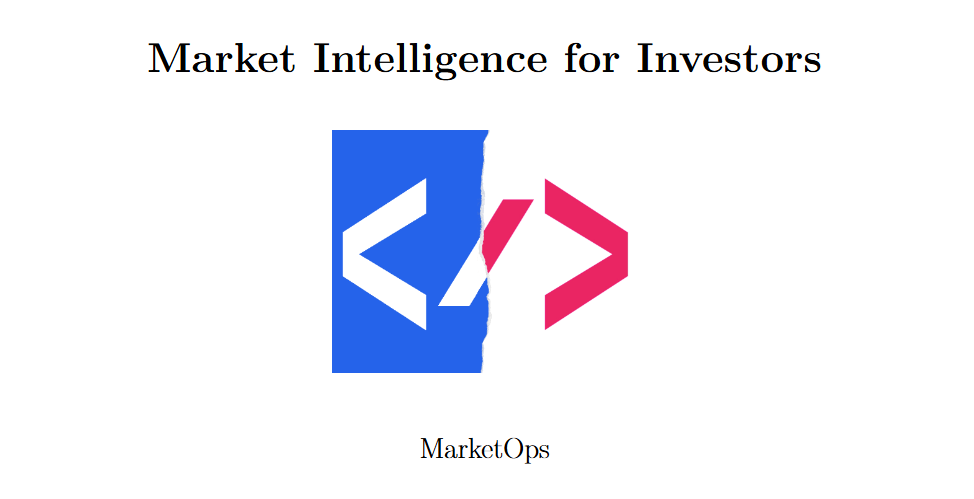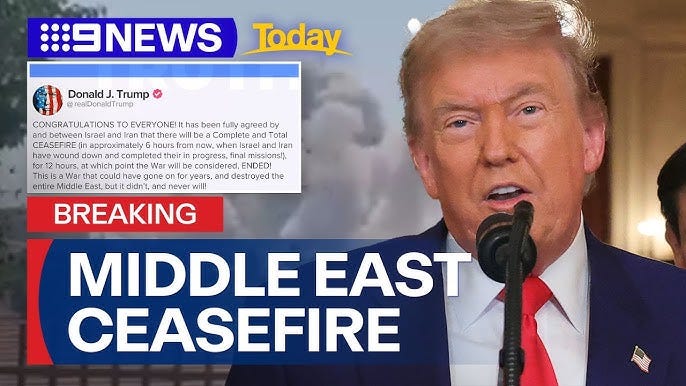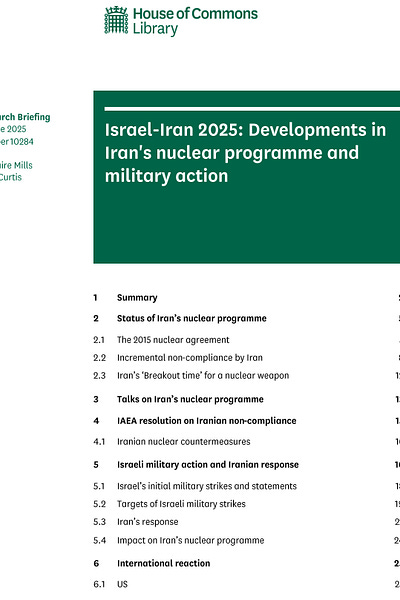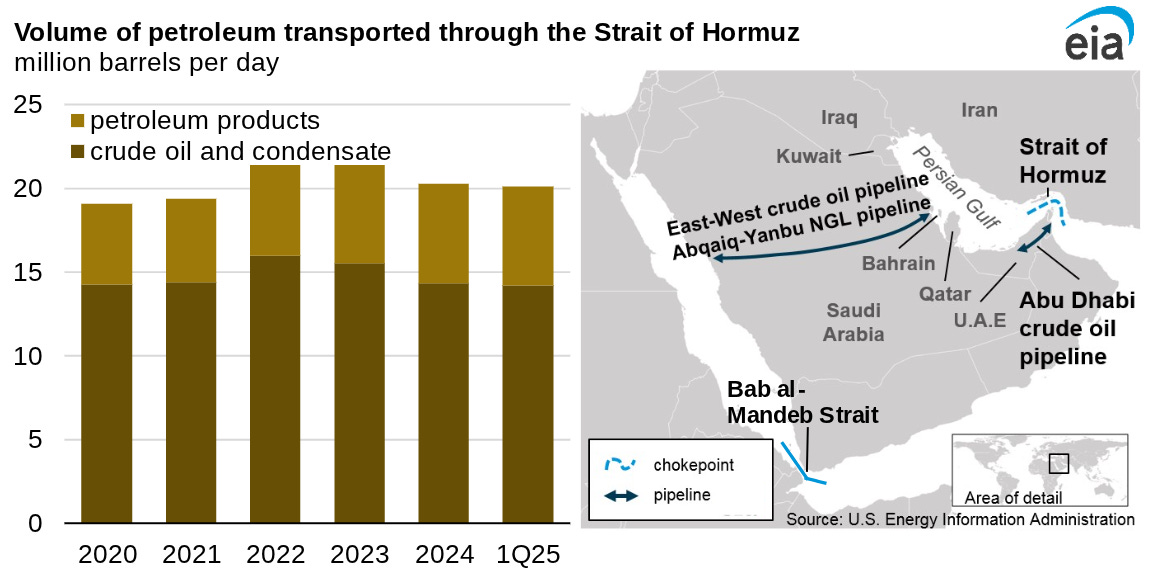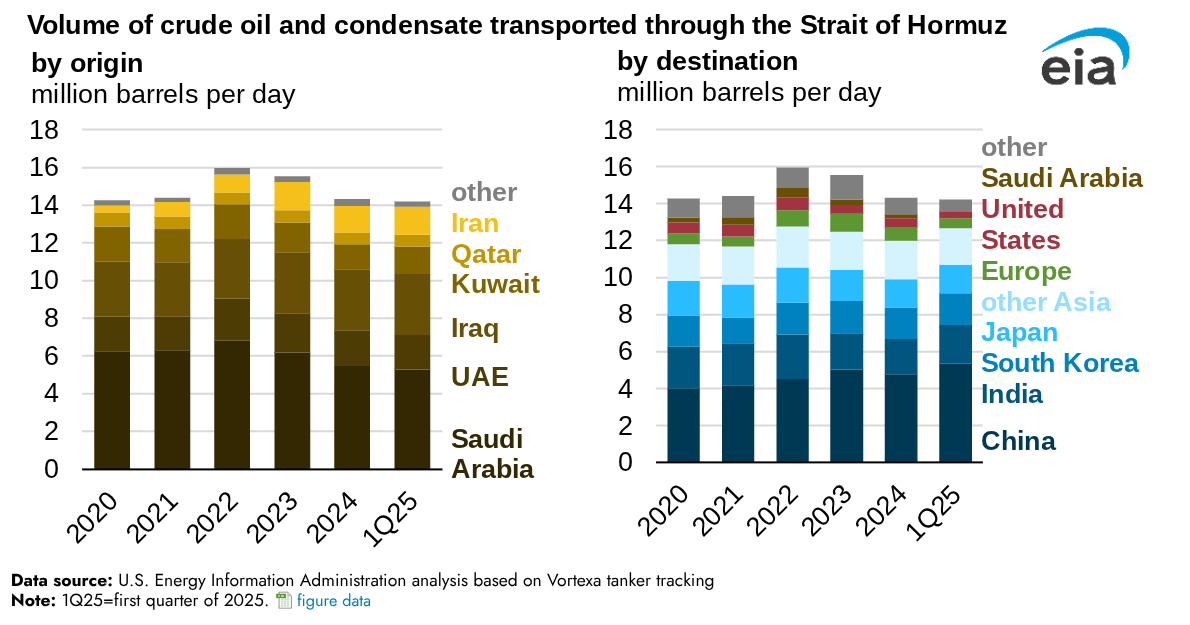Table of contents:
Introduction.
The pre-conflict diplomatic context.
The Strait of Hormuz.
Primary macroeconomic risks.
Will this time be different?
Sectoral and asset-specific analysis.
Strategic outlook.
Introduction
The rapid escalation from a tense diplomatic standoff to open military conflict serves as the catalyst for the current market turmoil. The events, as reported, unfolded with a speed that left little time for market adjustment, immediately rewriting the geopolitical rules of engagement in the Middle East.
The confrontation began with a decisive U.S. military action. Under a Trump administration, the U.S. launched massive precision strikes against three of Iran's most critical nuclear facilities:
The underground Fordow Fuel Enrichment Plant.
The Natanz enrichment complex.
And the Isfahan nuclear technology center.
The stated objective was the complete destruction of Iran's nuclear enrichment capacity to halt what was described as a threat from the world's number one state sponsor of terror.
The operation, which reportedly involved specialized B-2 bombers and powerful bunker-buster munitions required to penetrate hardened underground sites like Fordow, was declared a spectacular military success by the U.S. President, who stated the facilities had been completely and totally obliterated.
Iran's response was immediate and forceful, demonstrating a shift to direct, conventional retaliation. Tehran launched a significant ballistic missile attack targeting Israel, a key U.S. ally. Reports indicated spectacular and widespread damage in major Israeli cities, including Haifa and Tel Aviv, with air raid sirens sounding throughout the country. This action confirmed that Iran was prepared to engage in direct state-on-state warfare, escalating the conflict far beyond previous proxy engagements.
The geopolitical fallout was instantaneous. The direct U.S. involvement and Iran's subsequent retaliation ignited fears of a potential third world war. International actors, including the European Union and the United Kingdom, made immediate calls for de-escalation and a return to the negotiating table. However, regional powers reacted with alarm; Saudi Arabia and Oman, crucial players in Gulf stability, condemned the U.S. strikes, with a Saudi official statement criticizing the action as a violation of Iranian sovereignty and expressing great concern over the potential for regional chaos.
Amid this maelstrom, the relentless pace of destruction and the mounting death toll forced a reckoning. On the third day following Iran’s missile assault, a fragile ceasefire took shape, brokered through a flurry of back-channel diplomacy led by the United Nations, with Russia and Turkey playing pivotal roles as intermediaries. The agreement, announced in a terse joint statement from Tehran, Washington, and Jerusalem, called for an immediate halt to all military operations. Iran cited the “successful defense of its sovereignty” as justification for pausing, while the U.S. and Israel, wary of further losses and international isolation, reluctantly acquiesced.
The ceasefire terms were tenuous at best:
All parties agreed to suspend airstrikes, missile launches, and ground operations.
Corridors were established to deliver aid to devastated areas in Israel and to address Iran’s claims of civilian impacts from U.S. strikes.
A UN-led observer mission, supported by neutral parties like Oman and Switzerland, was deployed to oversee compliance.
The announcement brought a collective sigh of relief, though skepticism abounded. In Israel, crowds gathered in Tel Aviv’s rubble-strewn streets, torn between grief and cautious hope. Tehran hailed the ceasefire as a victory, while Washington framed it as a necessary pause to regroup and reassess. Yet, the underlying tensions remained unresolved—Israel vowed to rebuild and retaliate if provoked again, Iran signaled its readiness to resume if threatened, and the U.S. faced criticism for its initial strike that ignited the crisis.
The ceasefire, while halting the immediate bloodshed, did little to quell the deeper fears of a region—and a world—teetering on the edge. Analysts warned that without a robust diplomatic follow-through, the truce could collapse as quickly as it emerged. The Middle East stood at a crossroads, with the potential for peace hanging by a thread, overshadowed by the ever-present risk of renewed conflict. As diplomats raced to solidify the fragile calm, the global community held its breath, acutely aware that the next misstep could plunge the world into the abyss it had narrowly avoided.
The pre-conflict diplomatic context
These military actions did not occur in a vacuum. They were preceded by a protracted and ultimately failed diplomatic process. Prior to the strikes, Iran was enriching uranium to 60% purity, a level far beyond civilian needs and a short technical step from the 90% required for a nuclear weapon. The International Atomic Energy Agency estimated that Iran possessed enough fissile material for multiple nuclear weapons and that its breakout time was near zero.
To know more, check this report:
Negotiations had stalled over irreconcilable positions. The U.S., under the Trump administration, maintained a hardline stance demanding the complete and total dismantling of Iran's uranium enrichment program, a condition Tehran viewed as a non-starter. This diplomatic impasse, combined with Iran's advancing nuclear capabilities, provided the strategic backdrop for the decision to opt for a pre-emptive military solution.
The U.S. strike, therefore, represents the abandonment of diplomacy in favor of direct military force. This action fundamentally altered the strategic calculus for Iran. Faced with a direct attack on its sovereign territory and most sensitive strategic assets, the Iranian leadership was compelled to respond forcefully to maintain credibility both with its domestic population and its regional proxies. The missile strikes on Israel were thus not merely an act of retaliation but a politically necessary demonstration of strength, creating a rapid and perilous escalatory spiral.
The Strait of Hormuz
The Strait of Hormuz is the world's most critical and indispensable energy chokepoint, and its stability is now the central variable for the global economy. The conflict has placed this vital artery of international trade directly in the crosshairs, transforming a regional military confrontation into a global economic crisis
The sheer volume of energy that transits the Strait of Hormuz underscores its importance. Approximately 20% of global petroleum liquids consumption, equating to roughly 20 million barrels of oil per day (b/d), flows through this narrow channel. Some reports place the figure as high as 25% of the world's oil. In addition to oil, about one-fifth of the world's liquefied natural gas trade, primarily from Qatar, also depends on this passage.
The strait is the primary export route for the vast majority of crude oil from OPEC's core members in the Persian Gulf, including Saudi Arabia, Iraq, the United Arab Emirates, Kuwait, and Qatar, as well as Iran itself. Consequently, the world's largest and fastest-growing economies are existentially dependent on its security. In 2024, an estimated 84% of crude oil transiting Hormuz was destined for Asia. The top importers—China, India, Japan, and South Korea—rely on these flows to power their industries and economies.
Iran's geographic position gives it control over the Strait, and Tehran has repeatedly threatened to use this leverage by blocking the waterway in response to military or economic pressure. In the immediate aftermath of the U.S. strikes, a prominent advisor to Iran's Supreme Leader was reported to have called for missile attacks on Hormuz to shut it down, signaling that this is a primary retaliatory option.
A disruption does not require a full-scale, permanent naval blockade. The mere threat of anti-ship missiles, the deployment of naval mines, or the seizure of commercial tankers—a tactic Iran has employed in the past —would be sufficient to halt traffic. Such actions would cause maritime insurance premiums to skyrocket, making transit prohibitively expensive and risky. Evidence of this immediate risk perception is already visible: reports indicate that a British oil tanker has rerouted away from the strait, and dozens of other tankers are scrambling to exit the Persian Gulf.
The world has very few viable alternatives to mitigate a Hormuz closure. Existing pipeline infrastructure, such as Saudi Arabia's East-West pipeline to the Red Sea and a similar pipeline in the UAE, can only bypass a small fraction of the strait's total throughput. The combined available spare capacity of these pipelines is estimated to be only around 2.6 million b/d, wholly insufficient to compensate for the 20 million b/d that would be disrupted.
The Strait of Hormuz thus functions as a powerful tool of asymmetric warfare for Iran. While Iran's conventional military cannot match that of the United States, its ability to threaten this single chokepoint allows it to inflict disproportionate economic pain on the U.S. and the entire global economy. By threatening Hormuz, Iran effectively shifts the conflict from a military domain it cannot win to an economic one where it can hold the world's energy supply hostage. This strategy aims not to win a naval battle but to trigger a global recession, thereby creating immense international pressure on the United States and its allies to de-escalate. This dynamic makes the threat of closure highly credible, even if such an action would also be economically self-harming for Iran's own oil exports.
Primary macroeconomic risks
The military escalation has unleashed a triad of interconnected macroeconomic risks—an oil supply shock, resurgent inflation, and global recession—that now dominate the investment outlook. These threats form a powerful and self-reinforcing negative feedback loop, with the potential to cascade through the global financial system.
The conflict has caused a violent reversal in oil market expectations. Before the crisis, consensus forecasts from major bodies like the U.S. Energy Information Administration and the World Bank were bearish. They projected that rising global inventories and slowing demand would push Brent crude prices down into the low-to-mid $60s per barrel range in 2025 and 2026. The U.S.-Iran confrontation renders these forecasts immediately obsolete.
The new reality is one of severe upside price risk, with a clear ladder of price targets tied to the level of escalation:



